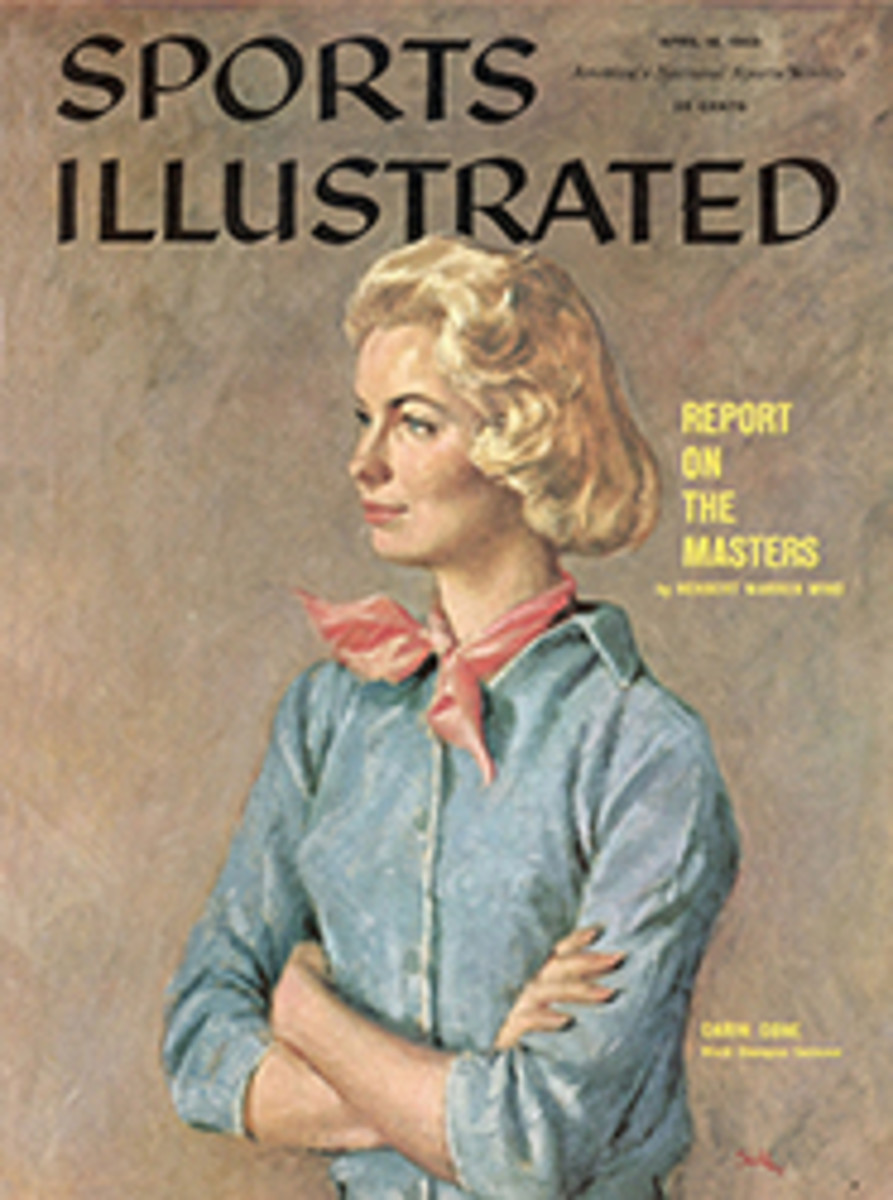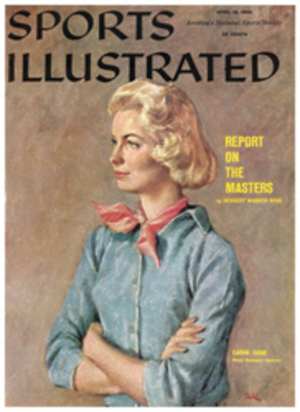
Veal with an Italian accent
Whenever I see veau, the French word for veal, on a menu, I think of the immortal story Ludwig Bemelmans tells in his book Hotel Bemelmans about the forbidding old dowager who often complained because the menu in the hotel dining room was printed in French: "She asked the ma√Ætre d'h√¥tel, 'What is an escalope de veau √† l'ancienne?' He lifted his leg and with a flat hand showed her from what part of the animal the cutlet came. That was easy, but veau was difficult.... He bent down to say he did not know the American word for veau, but that he would try to explain. 'You have a son, Madame?' 'So what?' 'You, Madame, are vache, your son is veau. Escalope de veau is a cutlet of son of cow.' She laughed her terrible laugh again, called for Monsieur Victor, and said, 'Fire that— — — —' "
One thing is for sure. Veal in the U.S. (and in England as well) too often tastes as if it ought to be described as "cutlet of son of cow." The juicy escalopes de veau of France, the wonderfully textured schnitzel of Austria, the delicately tender, paper-thin scaloppine of Italy are Continental ravishments impossible to produce correctly with Anglo-Saxon veal. The meat used in the countries of origin of these dishes is veal from milk-fed calves, animals so young they have never tasted solid food. Such veal cooks as white as it is tender.
Veal in our country, taken from older animals, turns out pinky-beige and needs a rather long, slow cooking to bring out its best qualities. It is a dry meat and therefore successful in dishes slowly simmered in liquid on the top of the stove (like stews, ragouts and that delicious French concoction, blanquette de veau). And it can taste as fine as any veal in Europe if it is slowly baked, covered, with special measures being taken to lubricate the meat and enhance its flavor.
Such a "roast" veal is the one shown on the opposite page. It is an Italian invention from Parma, a city otherwise famous for violets, cheese and ham. The calves born in Parma traditionally must have been allowed to grow a little older than elsewhere in Italy, for sizable roasts of veal stuffed in various manners have been popular here for centuries. When carved, the slices of these roasts are marvelous to look upon, with marblings of hard-egg slices, rosy lardings of ham and green streaks of parsley. Our roast, prepared with a stuffing of parsley butter, is one of the simplest.
For an absolutely perfect result, the meat should be enclosed during cooking in the veal membrane known as the caul, a thin, transparent veil which the butcher removes from the interior of the animal. The caul keeps a coating of savory butter in direct contact with the meat while it is cooking, but the surface can brown and crisp through this membrane as it could not through foil or parchment paper.
Utterly delectable when served hot with a rich gravy, this veal is also an attractive cold meat with its interesting parsley-tinted stripes.
SAVORY BAKED VEAL (serves ten)
8-pound rump of veal, boned and rolled
Veal caul (optional)
Garlic, pepper, salt
1 pound butter
1 large onion, grated
Leaves from 2 large bunches parsley, minced
1 can consommé
½ tablespoon potato flour
Red wine, Marsala or brandy (optional)
Have butcher bone the roast, roll it and tie it with string in a neat, compact shape. Ask him to send the bones along with the meat and the caul.
Cream the butter with a wooden spoon (do not soften over heat) and work in the grated onion and minced parsley. Place veal on a breadboard; cut off and discard strings. Rub unrolled meat thoroughly with a cut clove of garlic and sprinkle with salt and pepper. Then spread very generously with the prepared parsley butter. Roll meat up again carefully, tying with soft white twine at intervals just as the butcher did. (The reason for having him do this in the first place is that his strings make lines on the meat which are easy to follow in retying it.) Now rub whole outside of roast with cut garlic, season it with salt and pepper and spread with a good coating of the parsley butter.
Wrap buttered roast in the veal caul and tie with string again. Place on a rack in an uncovered roasting pan, with the veal bones set around the sides. Brown in a preheated 450° oven for 15 minutes, then add 1 can of consommé and 1 can of water to the pan. Cover the pan. After 10 minutes more, turn heat down to 325° and continue cooking for 2 hours or until tender. (If caul has not been used, lift lid and baste meat frequently during the cooking.)
Place roast on a serving platter and remove covering and strings. Place pan on top of stove and—after discarding bones—degrease the gravy. Then thicken slightly by boiling it up with the potato flour dissolved in a little cold water. As a final fillip, add to the hot gravy a little red wine or Marsala, if available, or a jigger of brandy.
PHOTO
LOUISE DAHL-WOLFE; PLATTER FROM TIFFANY
DARK STREAK of flavor shows in each slice of veal which has been stuffed with parsley butter before going into the oven.

